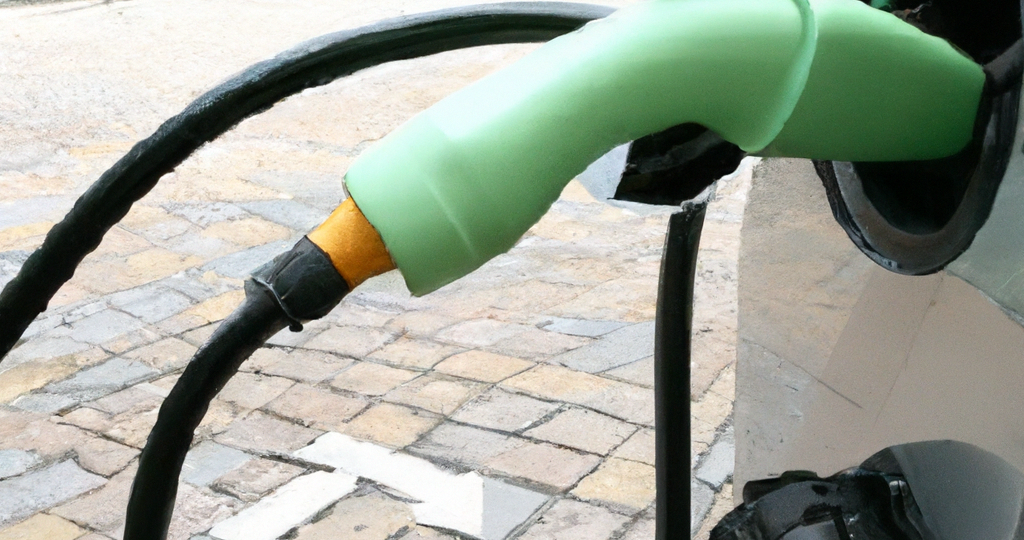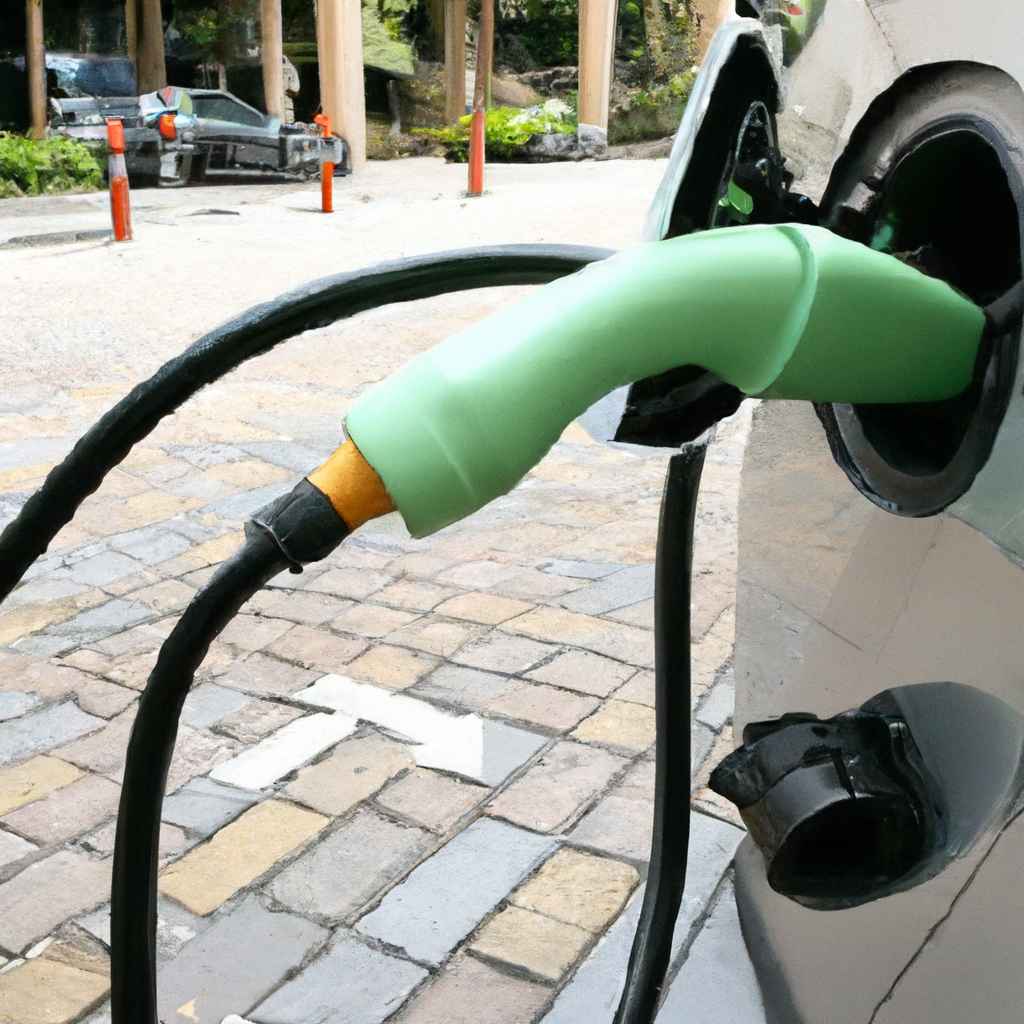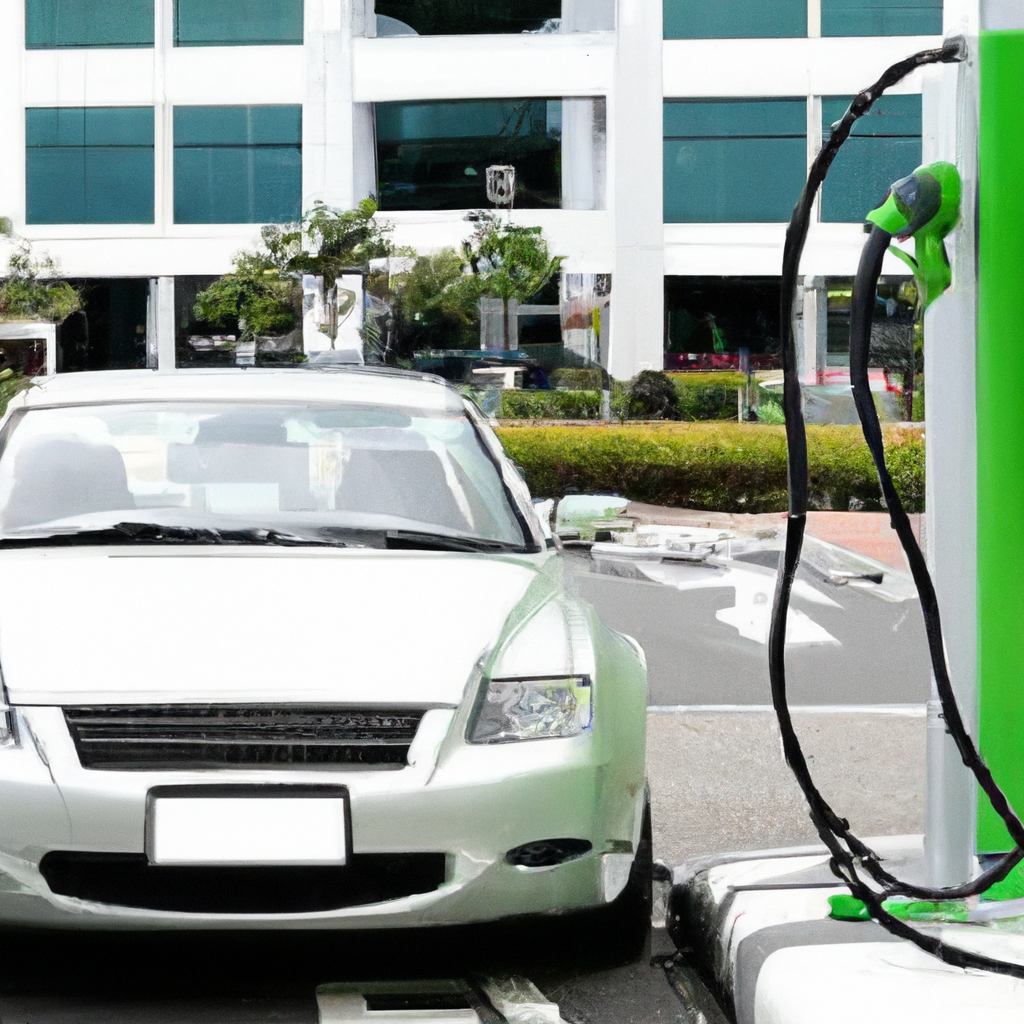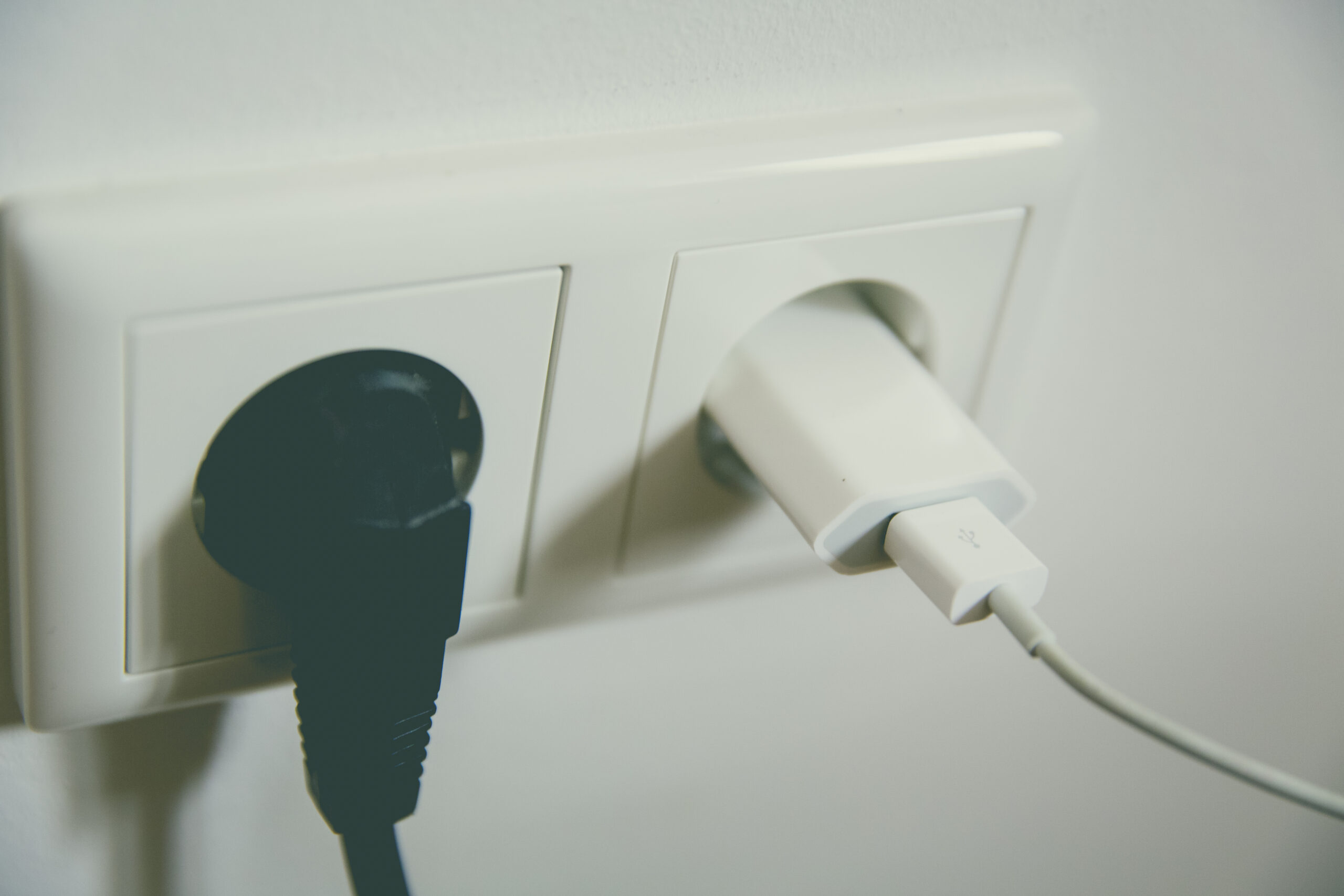How Can I Install An EV Charging Station At My Workplace In Malaysia?
October 17, 2023 | by Jacob Kang

Want to contribute to a greener future in Malaysia? Installing an Electric Vehicle (EV) charging station at your workplace is a fantastic initiative! Not only will it encourage your employees to embrace sustainable transportation options, but it will also attract eco-conscious customers to your business. Wondering how to go about it? Look no further! In this article, we will guide you through the step-by-step process of installing an EV charging station at your workplace in Malaysia. From understanding the necessary requirements to choosing the right equipment, this comprehensive guide has got you covered. Let’s dive in and make a positive impact on our environment together!
Permits and Approvals
Understanding the necessary permits and approvals
Installing an EV charging station at your workplace in Malaysia requires obtaining the necessary permits and approvals from local authorities. These permits ensure that the installation is conducted in compliance with regulations and safety standards. It is crucial to familiarize yourself with the specific requirements and procedures to facilitate a smooth installation process.
Contacting the local authorities for information
To begin the process, reach out to the relevant local authorities in Malaysia to gather information about the permits and approvals needed. This may include contacting the local municipality, electrical regulatory bodies, or other relevant government agencies. They will be able to provide you with the specific requirements, documents, and forms that need to be submitted.
Preparing the required documentation
Once you have gathered information from the local authorities, it is important to prepare the necessary documentation for the permits and approvals. This may include architectural drawings, electrical plans, project proposals, and any other relevant documentation requested by the authorities. Collaborating with professionals who have experience in EV charging installations can be beneficial in preparing accurate and comprehensive documentation.
Applying for the necessary permits
After preparing the documentation, it is time to submit the application for the necessary permits. Fill out the application forms provided by the local authorities and submit them along with the required documentation. Make sure to comply with any specific instructions or guidelines provided by the authorities to increase the chances of a successful application. Be prepared to pay any application fees as required.
Ensuring compliance with regulations
Once the permits have been obtained, it is important to ensure that the installation of the EV charging station is in compliance with all relevant regulations and safety standards. Regular inspections and adherence to maintenance requirements will help ensure the ongoing compliance of your charging station. Stay updated with any changes in regulations or requirements to ensure continued compliance throughout the lifespan of the charging station.
Choosing the Right Charging Solution
Assessing the charging needs of your workplace
Before installing an EV charging station, it is important to assess the charging needs of your workplace. Consider factors such as the number of EVs in your fleet or among your employees, the average daily mileage, and the anticipated charging time. This assessment will help determine the type and capacity of charging stations required.
Deciding on the charging station type
There are different types of EV charging stations available, including Level 1, Level 2, and DC fast chargers. Level 1 chargers provide the slowest charging speed, while DC fast chargers offer rapid charging. Assess the needs of your workplace and choose the charging station type that best fits your requirements and budget.

Considering the charger capacity
The charger capacity refers to the amount of power the charging station can provide. Determine the appropriate charger capacity based on the charging needs of your workplace. Higher charger capacities will allow for faster charging, but they may require additional electrical infrastructure upgrades to support the increased power demand.
Evaluating the available power supply
Evaluate the existing power supply at your workplace to ensure it can support the charger capacity you require. Consider factors such as the availability of three-phase power, the electrical load of your building, and the capacity of your electrical panel. If needed, consult with an electrical engineer to assess and upgrade the power supply if necessary.
Exploring smart charging options
Smart charging solutions offer additional features such as scheduling, load management, and connectivity. Consider implementing smart charging options to optimize the use of available power and manage the charging schedule effectively. These solutions can help reduce energy costs and ensure efficient utilization of the charging infrastructure.
Finding a Reliable Supplier
Researching EV charging station suppliers
Finding a reliable supplier is crucial to ensure the quality and durability of your EV charging station. Take the time to research reputable suppliers who specialize in EV charging infrastructure. Look for suppliers with a proven track record, experience in the industry, and a wide range of charging station options.
Checking their product range and quality
Evaluate the product range offered by each supplier and assess the quality of their charging stations. Consider factors such as durability, warranty, user-friendly features, and compatibility with different EV makes and models. Choose a supplier that offers charging stations that meet your specific requirements and have a reputation for reliability.
Reading customer reviews and testimonials
Reading customer reviews and testimonials can provide valuable insights into the experiences of other businesses who have installed charging stations from a particular supplier. Look for reviews that mention customer satisfaction, product reliability, and after-sales support. This information will help you make an informed decision when selecting a supplier.
Comparing pricing and warranty options
Obtain pricing information from multiple suppliers and compare the costs of their charging stations. Consider not only the upfront costs but also the long-term costs, such as maintenance and energy consumption. Additionally, assess the warranty options provided by each supplier to ensure you have appropriate coverage for any potential issues that may arise.

Requesting quotations and proposals
Once you have narrowed down your options, request quotations and proposals from the shortlisted suppliers. Provide them with detailed information about your requirements, including the number of charging stations needed, charger capacities, and any additional features or customization required. Compare the quotations and proposals to make a final decision on the supplier.
Installation Process
Engaging a professional installation team
Installing an EV charging station requires the expertise of a professional installation team. Engage a reputable installation company with experience in EV charging installations. Verify their credentials, qualifications, and references before proceeding with the installation process.
Site evaluation and planning
An initial site evaluation and planning stage is crucial to ensure the installation goes smoothly. The installation team will assess the location for the charging stations, considering factors such as accessibility, space availability, and electrical infrastructure requirements. They will also determine the optimal layout for the charging stations to ensure efficient usage.
Ensuring proper electrical connections
Proper electrical connections are vital for the safe and efficient operation of your charging station. The installation team will ensure that the electrical connections comply with all relevant regulations and safety standards. This may involve upgrading the electrical infrastructure if necessary, including wiring, circuit breakers, and electrical panels.
Installation of charging equipment
Once the electrical connections are established, the charging equipment will be installed. This includes mounting the charging stations, connecting them to the electrical supply, and configuring any necessary settings. The installation team will follow manufacturer instructions and best practices to ensure the installations are done correctly.
Testing and commissioning the charging station
After the installation is complete, the charging stations will undergo thorough testing and commissioning. The installation team will verify that the chargers are functioning properly, both electrically and operationally. This includes conducting tests to ensure the charging stations are providing the correct voltage, current, and charging speeds. Any issues or defects will be addressed before proceeding.
Infrastructure Requirements
Assessing the available parking spaces
Assess the available parking spaces at your workplace to determine the optimal locations for the charging stations. Consider factors such as proximity to the building, convenience for employees, and access to electrical supply. It is important to ensure that the charging stations are strategically placed to maximize utilization while minimizing the need for additional infrastructure upgrades.

Determining the necessary infrastructure upgrades
Evaluate the existing infrastructure to determine if any upgrades are necessary to support the installation of the EV charging stations. This may include upgrading electrical panels, increasing electrical capacity, or installing additional wiring. Working with an electrical engineer can help determine the specific infrastructure requirements and ensure that they are met.
Calculating the required electrical capacity
Calculating the required electrical capacity is essential to prevent overloading the existing electrical system. Consider the charger capacities and the number of charging stations you plan to install. Determine if the existing electrical supply can handle the additional load or if upgrades are needed to accommodate the charging station requirements.
Installing additional electrical infrastructure if needed
If the existing electrical infrastructure cannot support the charging station requirements, it may be necessary to install additional electrical infrastructure. This may involve running new electrical wiring, installing additional circuit breakers, or upgrading transformers. Consult with an electrical engineer or a qualified professional to ensure that the additional infrastructure is installed correctly and meets all safety requirements.
Ensuring accessibility and safety
When considering the installation of EV charging stations, it is important to ensure accessibility and safety for users. Ensure that the charging stations are easily accessible to employees, including those with disabilities. Additionally, implement proper signage, lighting, and safety measures to enhance user experience and minimize any potential hazards.
Sustainable Energy Considerations
Exploring renewable energy sources
Incorporating renewable energy sources into your EV charging infrastructure can help reduce greenhouse gas emissions and promote sustainability. Explore the feasibility of utilizing solar or wind power to generate electricity for your charging stations. Renewable energy sources not only contribute to a greener environment but can also help lower your energy costs in the long run.
Assessing the feasibility of solar or wind power
Evaluate the feasibility of installing solar panels or wind turbines at your workplace to generate electricity for your charging stations. Consider factors such as available space, sunlight or wind resources, and any regulatory or site-specific limitations. Conduct a feasibility study or consult with renewable energy experts to determine if solar or wind power is a viable option for your workplace.
Calculating energy generation potential
Calculate the energy generation potential of your solar panels or wind turbines to determine if it can sufficiently meet the charging requirements of your EVs. Consider factors such as the capacity and efficiency of the renewable energy system, the average sunshine or wind conditions, and the energy consumption of your charging stations. This calculation will help you determine the size and quantity of renewable energy systems needed.

Determining the integration options
Determine how the generated renewable energy will be integrated into your charging infrastructure. This may involve installing energy management systems, inverters, or charge controllers to ensure a seamless and efficient integration of renewable energy into the charging process. Working with renewable energy experts can help you design and implement the most effective integration solution.
Considering energy storage solutions
To maximize the utilization of renewable energy and ensure uninterrupted charging, consider incorporating energy storage solutions such as batteries. Energy storage systems can store excess energy generated by solar panels or wind turbines and release it during periods of high demand. This helps balance the energy supply and demand, making your charging infrastructure more reliable and resilient.
Maintenance and Support
Understanding the maintenance requirements
An EV charging station requires regular maintenance to ensure optimal performance and longevity. Understand the maintenance requirements specified by the manufacturer and create a maintenance plan accordingly. This may include routine inspections, cleaning, software updates, and hardware repairs or replacements.
Exploring preventive maintenance options
Implementing preventive maintenance measures can help prevent potential issues and minimize downtime. These measures may include regular system checks, component replacements before they fail, and ongoing monitoring of charging station performance. Consult with the manufacturer or an experienced maintenance provider to design an effective preventive maintenance strategy.
Creating a maintenance schedule
Develop a maintenance schedule that outlines when specific tasks need to be performed. Consider factors such as the usage patterns of your charging stations, the recommended maintenance intervals provided by the manufacturer, and any regulatory requirements. Creating a maintenance schedule ensures that the necessary maintenance tasks are performed consistently and in a timely manner.
Establishing support and warranty agreements
Establish support and warranty agreements with the supplier or manufacturer of your charging stations. This ensures that you have access to technical support in case of any issues or malfunctions. Review the warranty terms and conditions, service response times, and availability of spare parts before finalizing your agreement.
Monitoring and troubleshooting
Regularly monitor the performance of your charging stations to identify any potential issues or inefficiencies. Utilize remote monitoring systems to track charging activity, energy consumption, and the overall health of your charging infrastructure. Implement a troubleshooting process to address any reported concerns or malfunctions promptly.
Employee Training and Engagement

Organizing training sessions for employees
Organize training sessions to familiarize employees with the EV charging procedures and best practices. Provide comprehensive training on how to properly connect and disconnect the vehicles, utilize the charging stations, and follow any safety guidelines. This training will help employees feel comfortable using the charging infrastructure and minimize the risk of accidents or damage.
Educating staff on EV charging procedures
In addition to training on basic procedures, educate staff about the technical aspects of EV charging, such as different charging levels, charging time, and charging rates. This knowledge will help them make informed decisions regarding their charging requirements and maximize the efficiency of the charging infrastructure.
Promoting the benefits of electric vehicles
Promote the benefits of electric vehicles to encourage employee engagement and adoption. Highlight the environmental advantages, cost savings potential, and convenience of EVs. Organize awareness campaigns, share success stories, and provide resources to educate employees about the positive impacts of electric vehicles.
Encouraging employee feedback and suggestions
Create a feedback mechanism that allows employees to share their experiences, suggestions, and concerns regarding the EV charging infrastructure. This feedback can help identify areas for improvement and address any issues or challenges faced by employees. Actively involve employees in the decision-making process to foster a sense of ownership and engagement.
Monitoring usage and addressing concerns
Regularly monitor the usage patterns of your charging infrastructure to identify any trends or issues. Keep track of the number of charging sessions, duration, and energy consumption. Analyze the data to optimize the charging infrastructure, address any concerns, and plan for future expansions or upgrades based on usage patterns.
Payment and Billing Systems
Choosing a payment and billing system
Select a payment and billing system that suits the needs and preferences of your workplace. Consider options such as pay-as-you-go, subscription-based plans, or employer-funded charging. Look for a system that offers flexibility, security, and ease of use for both employees and administrators.
Exploring different pricing models
Explore different pricing models to determine the most appropriate approach for your workplace. Consider factors such as energy costs, charger utilization, and desired profit margins. Pricing models can range from flat rates per charging session to dynamic pricing based on energy consumption or time of use. Evaluate the pros and cons of each model and choose one that aligns with your business objectives.
Implementing user-friendly payment options
Ensure that the payment options provided are user-friendly and accessible to employees. This may include options such as credit card payments, mobile payment apps, or RFID cards. Streamline the payment process to minimize friction and make it convenient for employees to pay for their charging sessions.
Integrating with existing employee systems
Integrate the payment and billing system with existing employee systems, such as payroll or expense management platforms, to simplify administration and ensure accurate billing. This integration can automate the billing process, facilitate reimbursement procedures, and provide a seamless experience for both employees and administrators.
Ensuring accurate billing and reporting
Establish robust billing and reporting mechanisms to ensure accurate tracking of charging sessions and transparent invoicing. Regularly review and reconcile billing data to minimize any discrepancies or errors. Consider implementing reporting tools that provide detailed insights into charging activity, energy consumption, and revenue generation for better financial management.
Government Incentives and Support
Researching government incentives and grants
Research the available government incentives and grants for installing EV charging stations at your workplace in Malaysia. Government incentives can help offset the initial installation costs and provide financial support. Stay updated with the latest initiatives and offerings from government agencies to take advantage of these incentives.
Understanding the eligibility criteria
Review the eligibility criteria for government incentives and grants to determine if your workplace meets the requirements. Criteria may include factors such as the number of charging stations to be installed, the charger capacity, or the utilization of renewable energy sources. Ensure that you fulfill all the necessary criteria before proceeding with the application process.
Preparing the necessary documents and applications
Prepare all the necessary documents and applications required for the government incentives or grants. This may include project proposals, architectural drawings, financial statements, and any other specific documentation specified by the government agencies. Pay attention to submission deadlines and provide accurate and comprehensive information to increase the chances of approval.
Leveraging tax benefits and subsidies
Explore the available tax benefits or subsidies for EV charging infrastructure installations. Consult with tax experts or government representatives to determine the eligibility and requirements for these incentives. Properly leveraging tax benefits and subsidies can significantly reduce the overall costs and make the installation financially viable.
Staying updated with new initiatives
Stay up to date with new initiatives and policies introduced by the government related to EV charging infrastructure. Subscribe to relevant newsletters or industry publications, participate in industry events or webinars, and maintain regular communication with government representatives. Being aware of new initiatives and programs can help you take advantage of emerging opportunities and stay ahead in implementing the latest technologies.
Installing an EV charging station at your workplace in Malaysia requires careful planning and coordination with local authorities, suppliers, and installation teams. By understanding the necessary permits and approvals, choosing the right charging solution, finding a reliable supplier, managing the installation process, meeting infrastructure requirements, considering sustainable energy options, implementing maintenance and support measures, engaging employees, establishing payment and billing systems, and leveraging government incentives, you can successfully install and operate an EV charging station that meets the needs of your workplace and contributes to a sustainable future.
RELATED POSTS
View all


